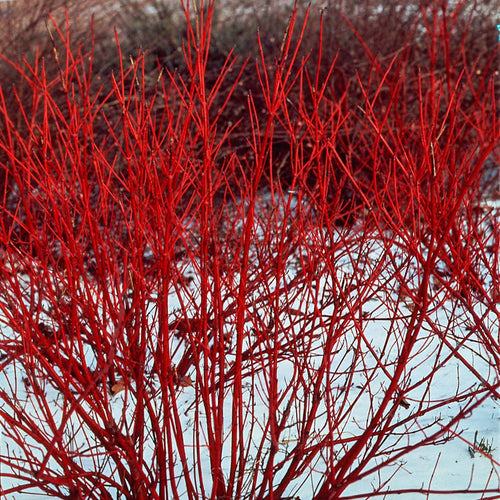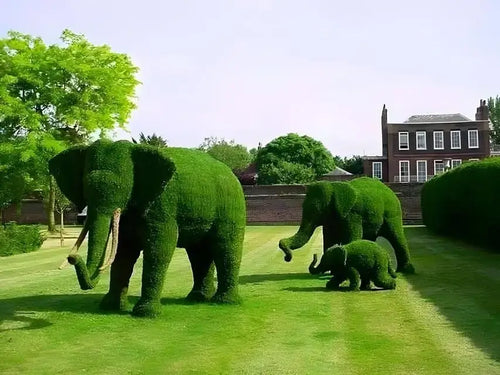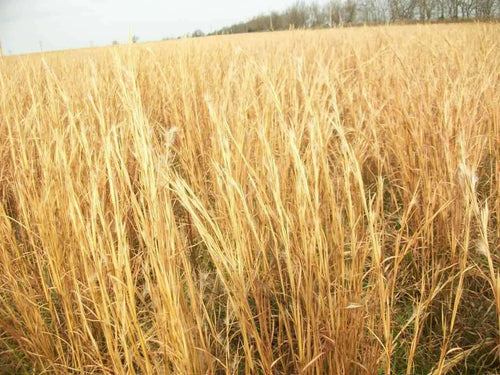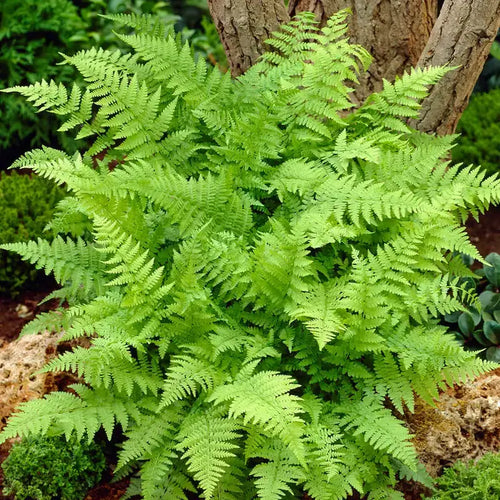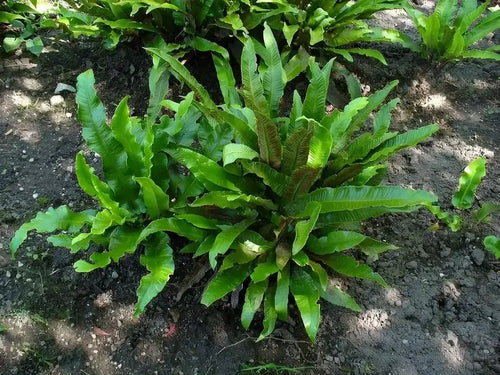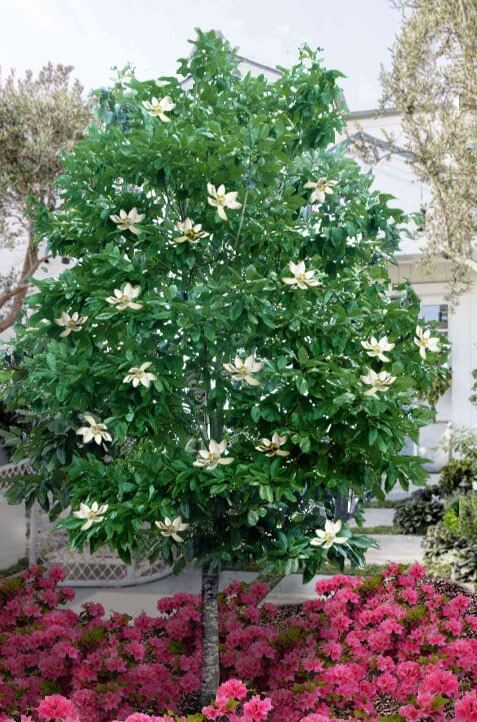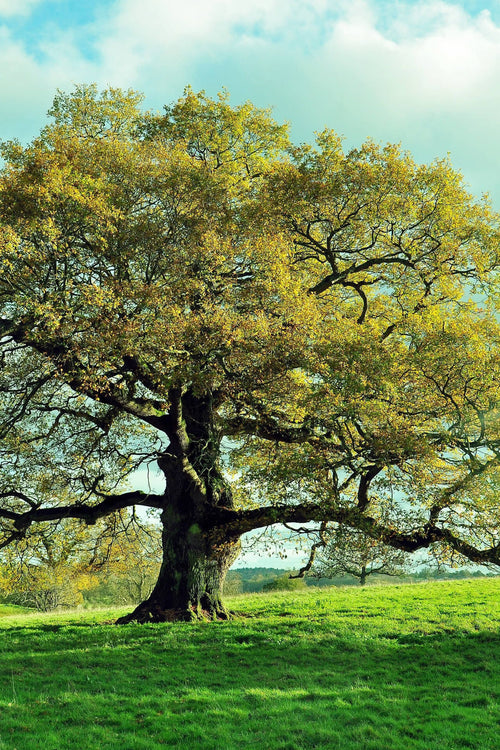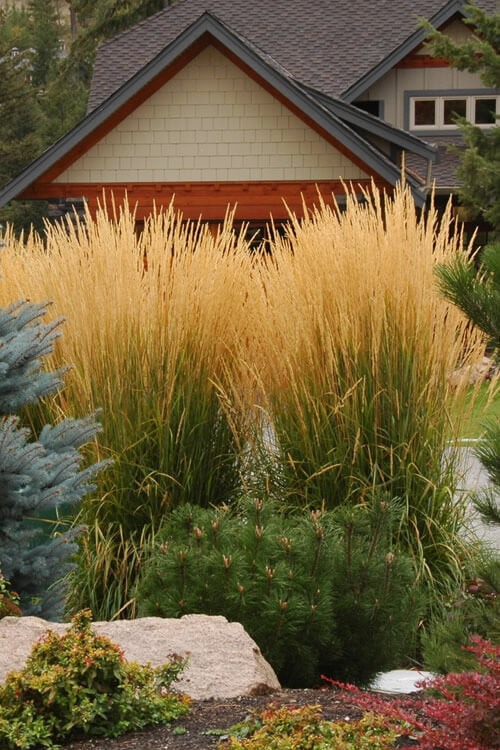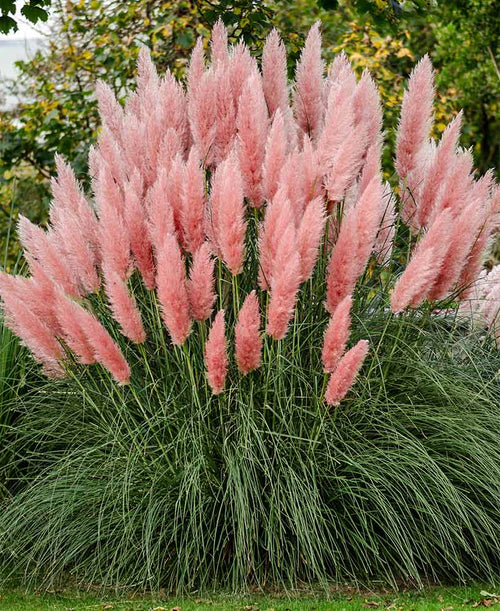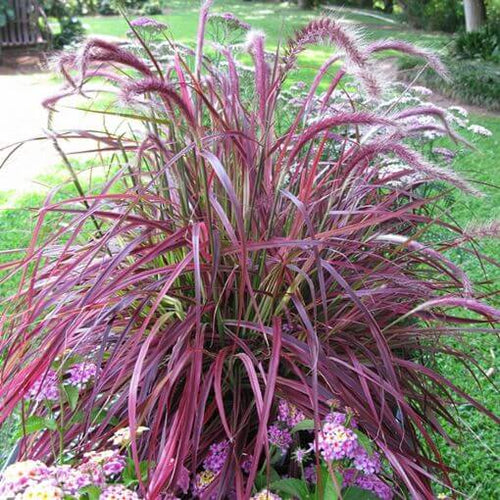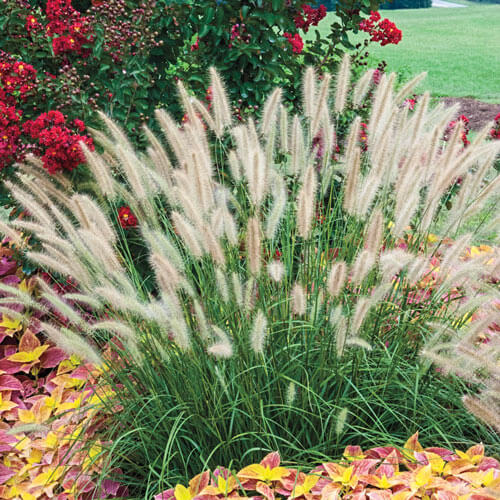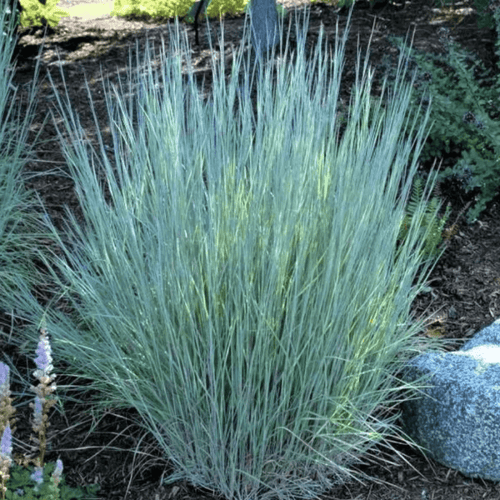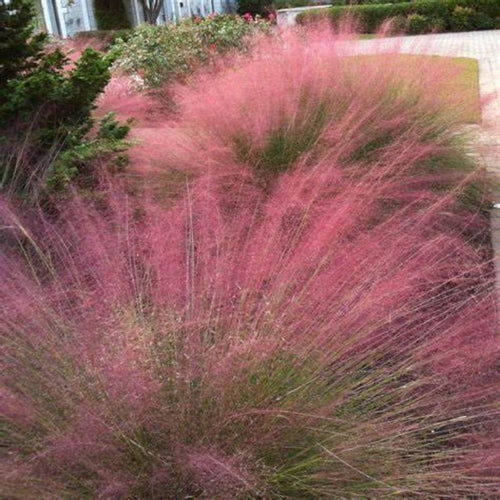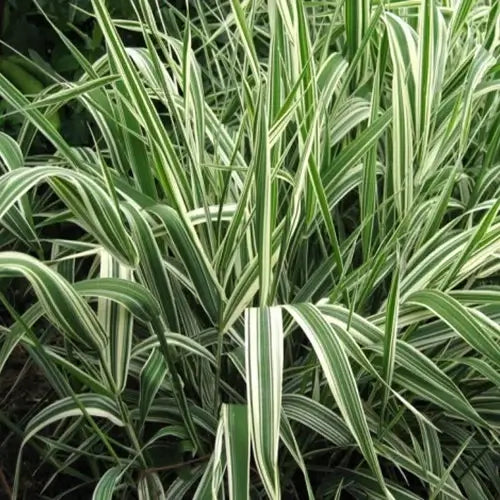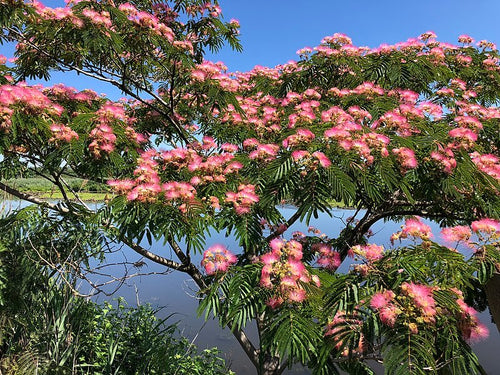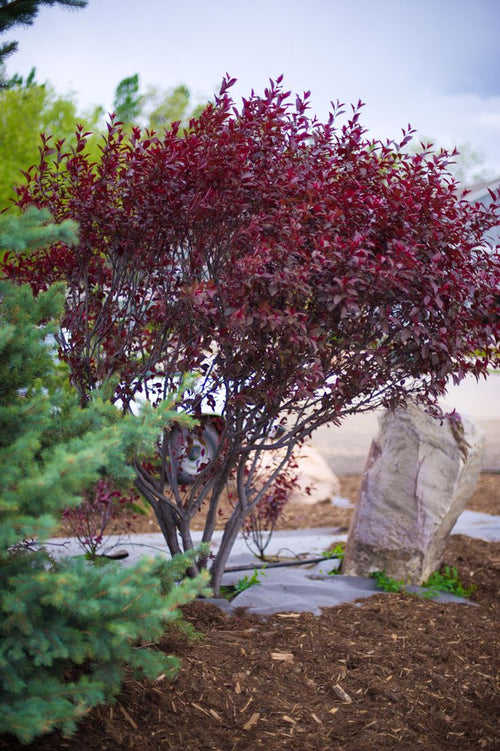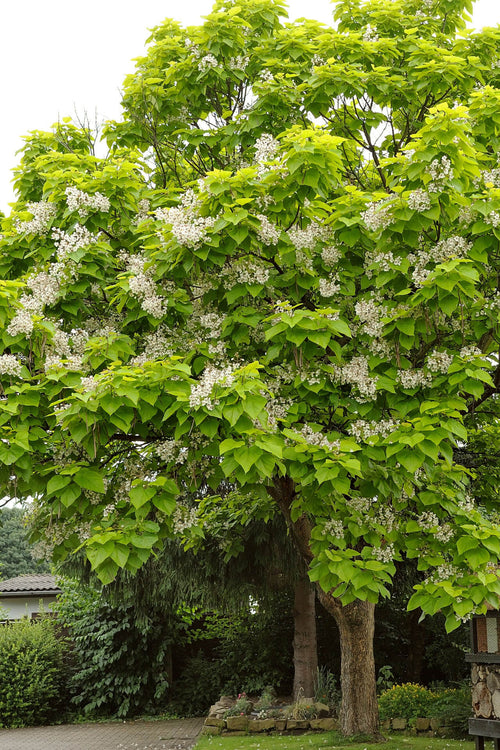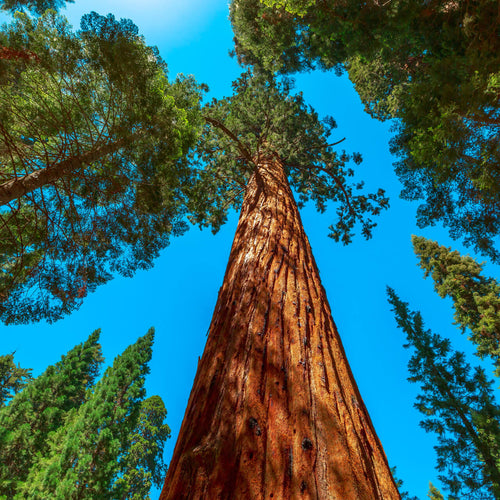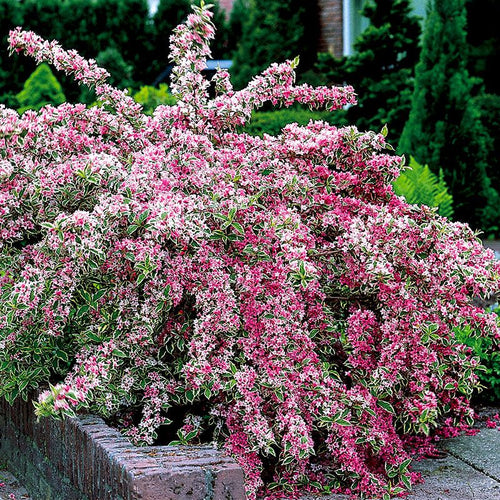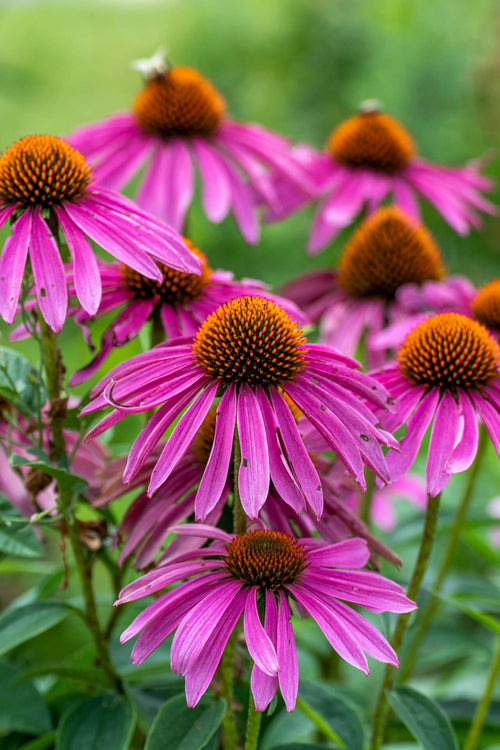6 Pack - Broomsedge Plugs
Broomsedge Andropogon Virginicus
Broomsedge is a native warm-season grass found primarily in North America. While it is often considered a weed in some agricultural settings, and offers several valuable benefits when incorporated into landscaping projects. Its unique characteristics and ecological functions make it a valuable asset for enhancing both natural and designed landscapes. Here are some of the notable benefits of using it in landscaping:
Drought Tolerance: It is highly adapted to dry and poor soil, making it an excellent choice for xeriscaping and water-wise landscapes. With a deep root system allows it to thrive in periods of drought and water scarcity, reducing the need for frequent irrigation.
Erosion Control: The extensive root network of this plant helps stabilize soil and prevent erosion. This is particularly advantageous on slopes, embankments, and areas prone to soil disturbance, such as construction sites or bare patches in the landscape.
Wildlife Habitat: It provides essential habitat and food sources for various wildlife species. The tall stems offer shelter for birds, small mammals, and insects, while its seeds serve as a food source for birds and other small creatures
.Aesthetics: When used appropriately, it can add a unique visual appeal to a landscape. During the fall, the grass turns a striking copper color, creating a warm and rustic atmosphere. In large open areas or meadows, the undulating waves of broomsedge can lend a sense of movement and texture to the landscape.
Low Maintenance: It requires minimal maintenance once established. Unlike more demanding ornamental grasses, it thrives in neglect and does not require frequent mowing or fertilization.
Ecological Diversity: Incorporating this plant into landscaping projects contributes to ecological diversity by supporting a broader range of native plant species and promoting biodiversity. It can complement other native grasses, wildflowers, and shrubs, creating a balanced and sustainable ecosystem.
Soil Improvement: As a warm-season grass, it contributes to the buildup of organic matter in the soil. As its leaves and stems decompose, they add valuable organic material, improving soil structure and nutrient cycling.
Carbon Sequestration: Like all plants, it plays a role in capturing and sequestering carbon dioxide from the atmosphere. This aids in mitigating climate change and reducing the greenhouse effect.
Weed Suppression: When used as part of a naturalized landscape or meadow, and can outcompete and suppress the growth of more invasive and aggressive weed species, helping to maintain the ecological balance of the area.
Educational Opportunities: Incorporating native plants like broom sedge in landscaping projects can also serve as an educational opportunity, raising awareness about the importance of native plants in supporting local ecosystems and biodiversity.
In conclusion, the plants are versatile and ecologically valuable grass that offers numerous benefits in landscaping projects. From its drought tolerance and erosion control properties to its capacity to provide wildlife habitat and contribute to ecological diversity, this native grass can be a valuable addition to various landscape designs, particularly in sustainable and environmentally conscious projects.
Buy Broomsedge Grass Online at TN Nursery
Broomsedge grass, scientifically known as Andropogon virginicus, is a native perennial grass renowned for its unique and captivating ecological presence. This tall, slender grass species is often found in open fields, meadows, and along roadsides across North America's eastern and southern regions. Standing proudly with its feathery plumes, the grass paints the landscape with warm, golden hues, making it a distinctive and aesthetically pleasing plant.
One of the most striking features of the grass is its distinctive growth habit. It generally achieves heights of 2 to 4 feet, with long, slender stems that emerge in dense clumps. Its stems are characterized by a distinct reddish-brown coloration, intensifying as the plant matures. The inflorescence of the grass is particularly noteworthy, appearing as a gracefully arching, brush-like cluster of feathery seed heads at the top of each stem. These plumes are initially green but turn a striking bronze or golden-brown color as they mature, adding a hint of warmth and grace to the surrounding landscape.
It can remarkably adapt to various soil types and environmental conditions. It is often found in areas with poor or sandy soils, making it a valuable species in ecological restoration efforts. Its expansive root system also helps stop soil erosion, making it essential for stabilizing disturbed habitats.
Broomsedge Provides Habitat For Various Wildlife
This grass plays a significant ecological role by providing habitat and forage for various wildlife species. Its dense growth and seed heads offer bird shelter and nesting sites, while its seeds are a food source for different bird species like sparrows and quail. Additionally, it provides shelter for small mammals and insects, contributing to the overall biodiversity of its habitat.
Beyond its ecological significance, Broomsedge grass also has cultural value. It has been used in traditional crafts by indigenous communities, where its stems were woven into baskets, mats, and even thatched roofs. Its striking appearance and adaptability make it a favorite among landscape designers and horticulturists, often used to create aesthetically pleasing natural landscapes.
In summary, Broomsedge grass is a captivating native grass species that adds a touch of elegance and warmth to the landscapes it inhabits. With its distinctive reddish-brown stems and graceful plumes, it not only enhances the visual appeal of its surroundings but also plays a critical part in providing habitat and forage for various wildlife species, making it a valuable component of North American ecosystems.

